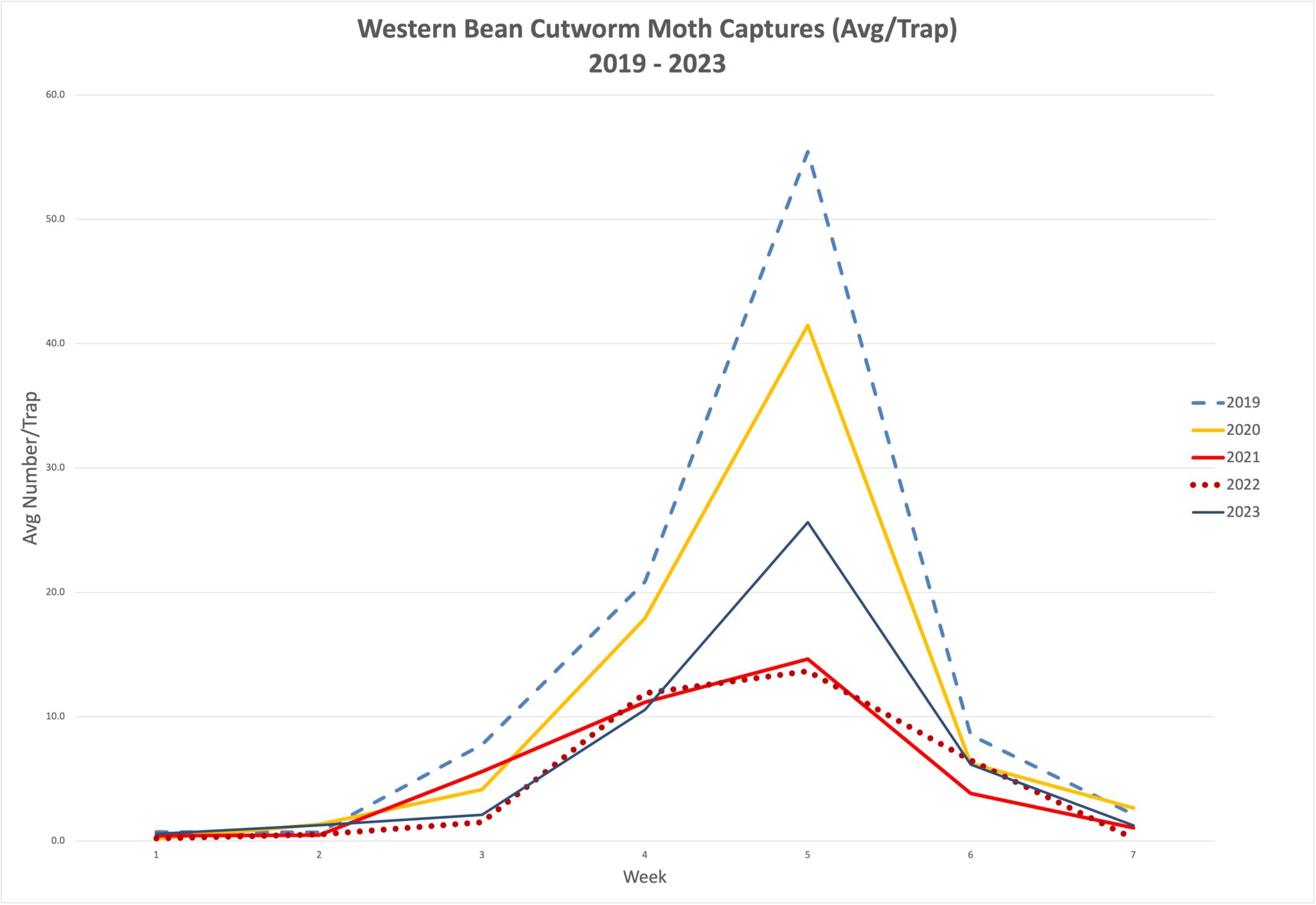Corn lodging, during rapid vegetative growth just before pollination, is not a welcome site.
108 articles tagged "corn".

Corn growth stages are quite variable across Indiana but a number of areas with early planted corn about waist high.
Recent wet, rainy weather has created some weed management challenges for Indiana growers. In this article we will hit on a few key points to consider based on current challenges. Delayed weed control in corn. Indiana corn growers rely heavily on premixes in corn that contain some combination of group 15 herbicides (metolachlor, acetochlor, pyroxasulfone), atrazine, mesotrione (Callisto), clopyralid (Stinger), and bicyclopyrone. Rain will not have completely washed all of the herbicide away, but may have compromised overall activity. Scout fields as soon as possible to determine if weeds are escaping. Obviously giant ragweed is a big concern, but wet conditions and dilution of atrazine can result in failures to control velvetleaf, burcucumber, morningglories, waterhemp, cocklebur and others. If corn is less than 12 inches tall and you haven’t used all of the atrazine allowed by the label, it would be wise to add atrazine to the other postemergence herbicides[Read More…]

Aerial drone application technology has recently become available and may address limitations by providing greater agility to monitor and apply under conditions where obstacles and poor field conditions limit current pesticide application equipment.

Over the past six weeks, armyworm moth captures at the Purdue Ag Research Centers (see accompanying “Armyworm Pheromone Trap Report”) have been variable.

As planting season begins and corn plants begins to emerge, a very important step to take each spring is to assess the emergence of the corn plants and take note of any abnormalities, missing plants, or uneven emergence patterns.

Locally, we have been impressed with the number of black cutworm moths captured in our pheromone traps the last few weeks.

Quite a few farmers throughout the northern half of Indiana are frustrated with the slow drydown of the 2023 corn crop, especially since some grain elevators are refusing to accept grain deliveries with moistures above certain levels, e.g., 27%.

Among a number of corny oddities that appear from time to time is one that falls into the “kernel disorder” category.

Tracking the western bean cutworm moth flight wouldn’t be possible without the many pheromone trap cooperators in our network, see following “Western Bean Cutworm Pheromone Trap Report.”


